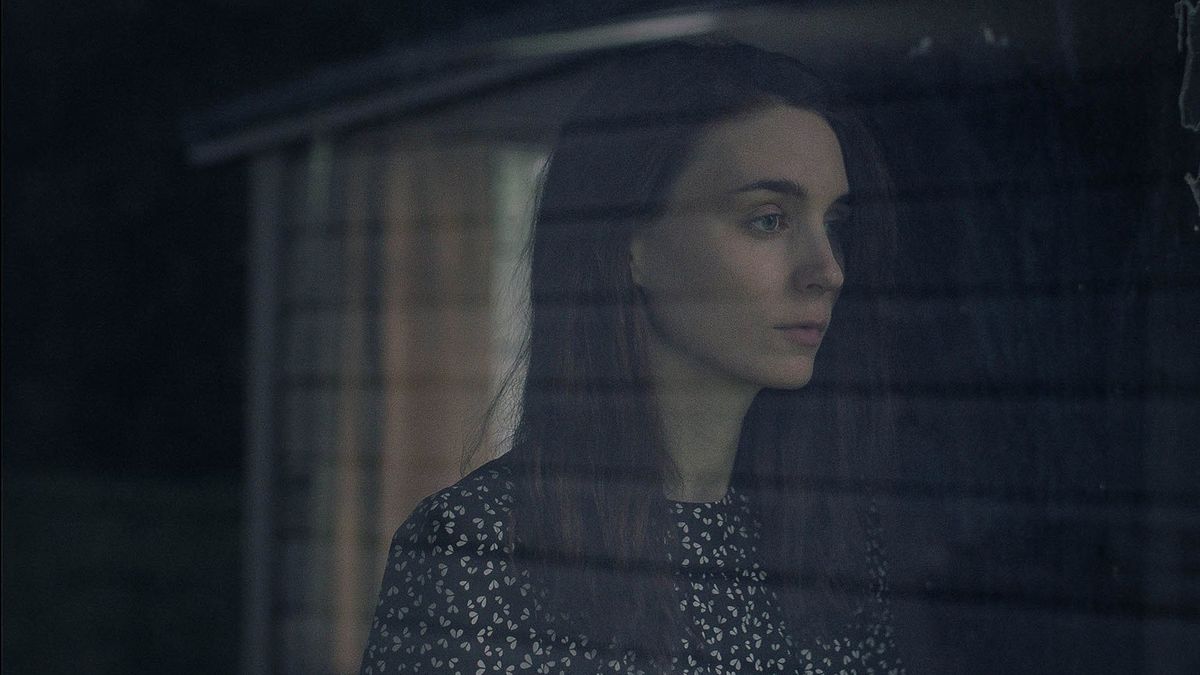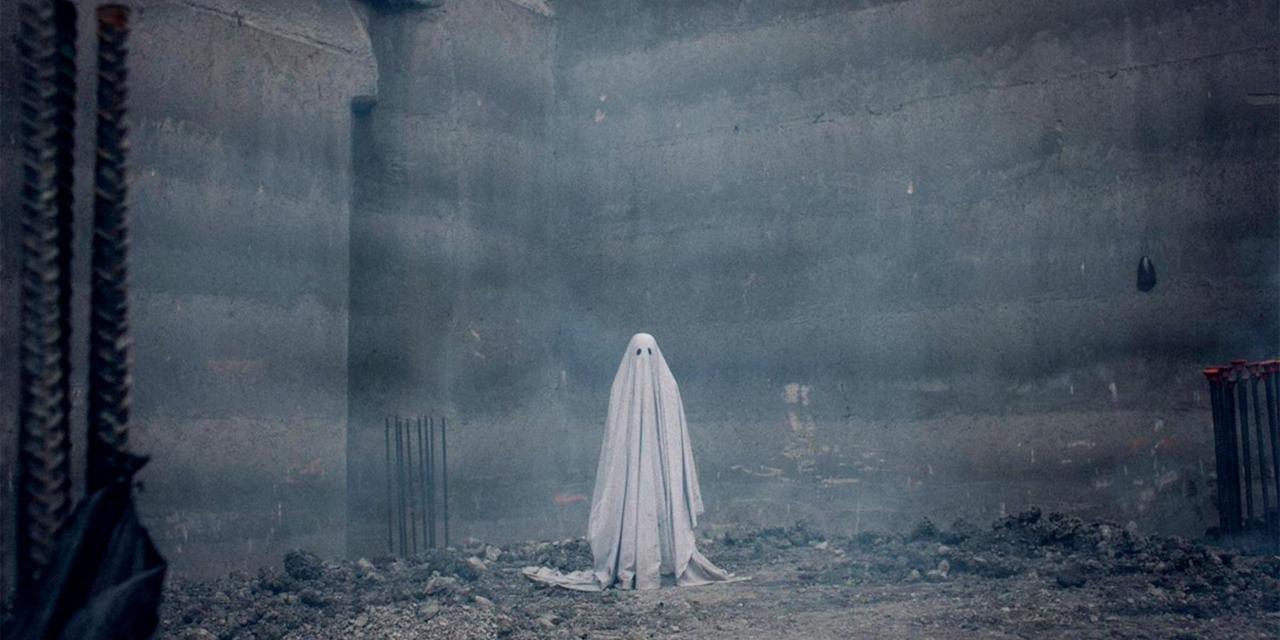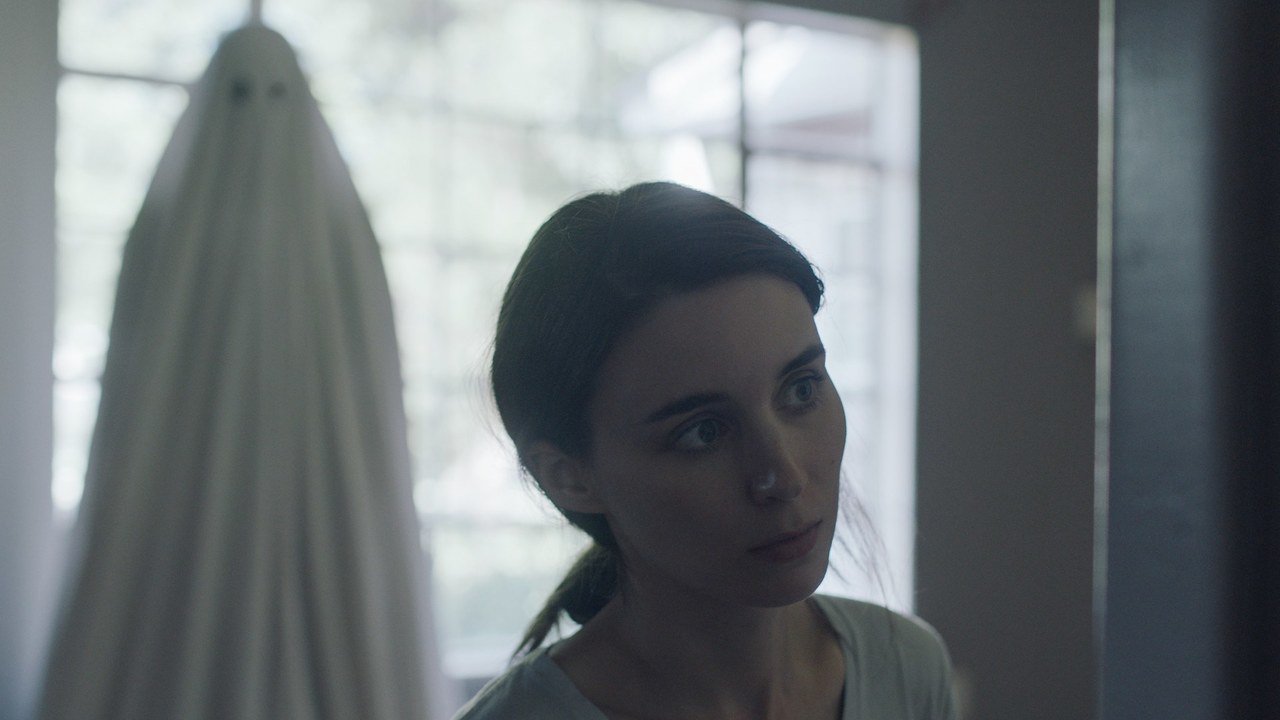There is almost no reason why, on paper, A Ghost Story should work. David Lowery’s fourth feature centers on the ghostiest kind of ghost – the bedsheet-with-eyeholes-cut-out variety. Its aesthetic is characterized by long takes and even longer silences. (At one point, we literally watch paint dry.) It’s a deeply, near-cosmically sad portrait of loss and dislocation across time and space, populated by figures and moments that should be comic instead. Fucking Casey Affleck is in it. It shouldn’t work.
And for many, I imagine it won’t. (Affleck’s participation alone, even mediated through his literal invisibility for much of the film, might already be a bridge too far.) For myself and many others, though, A Ghost Story will rank among the year’s best, both daring and confident in its oddball choices, mesmerizing, bracing, ultimately heartbreaking. If it risks putting the audience to sleep, so much the better – that was Kiarostami’s mark of a good film anyway.
 It’s a difficult film to discuss without giving away what little there is to hold on to in the narrative. As in Lowery’s gorgeously lyrical, quasi-Western Ain’t Them Bodies Saints, Affleck stars alongside Rooney Mara. (In fact, Lowery has built something of a stock company: A Ghost Story’s haunting score comes from regular collaborator Daniel Hart, shares production and costume designers with his earlier films, etc.) The two nameless leads (C and M, according to the credits) are introduced as a couple, possibly going through hard times but still clinging to each other in the house they share.
It’s a difficult film to discuss without giving away what little there is to hold on to in the narrative. As in Lowery’s gorgeously lyrical, quasi-Western Ain’t Them Bodies Saints, Affleck stars alongside Rooney Mara. (In fact, Lowery has built something of a stock company: A Ghost Story’s haunting score comes from regular collaborator Daniel Hart, shares production and costume designers with his earlier films, etc.) The two nameless leads (C and M, according to the credits) are introduced as a couple, possibly going through hard times but still clinging to each other in the house they share.
One day, he dies. No fanfare is delivered announcing this; he just dies, the way people have a tendency to do. A minutes-long take observes his corpse on the metal table in the cold hospital basement, covered by a white sheet; the partially obscured image, with a door on the left of the frame and the camera set towards the back of an adjacent room, gives the impression that we are peeking in, motionless. It’s voyeuristic but also sad, the silent stillness placing us among the bereaved.
Then he jerks upright.
It’s both a jump scare and a joke (if you grant that distinction). Suddenly, we are in a horror movie, and the disjunction from what’s preceded it elicits a laugh. The score suddenly pulses with that familiar tension, an ambient drone of dread. But when he stands up, we see the two stupid eyeholes, the laziest, most prosaic of Halloween costumes. A Ghost Story has veered back to silly.
This is the tone Lowery maintains for much of the film, a very fine balance between horror trope and prop comedy that ultimately evokes melancholy instead. As the Ghost haunts his house and perches wordlessly in corners, he discovers another Ghost in the neighbor’s house, with whom he exchanges telepathic banalities through the windows.  In its most-talked about sequence, Mara eats nearly the entirety of a pie, sitting on the kitchen floor in silence for a good 5 minutes. It’s tense, absurd, wacky, and — in the context of overwhelming, conflicted grief, as a picture of someone who doesn’t know what to do right now just doing something because the alternative is far worse – viscerally moving. It’s the saddest pie-eating contest in cinema history.
In its most-talked about sequence, Mara eats nearly the entirety of a pie, sitting on the kitchen floor in silence for a good 5 minutes. It’s tense, absurd, wacky, and — in the context of overwhelming, conflicted grief, as a picture of someone who doesn’t know what to do right now just doing something because the alternative is far worse – viscerally moving. It’s the saddest pie-eating contest in cinema history.
The rest of A Ghost Story’s running time will color in the margins, jumping back and forth in time to “explain” how we got here without ever really explaining much. The house itself plays a central role, a space He was afraid to let go of in life just as in death, and which has housed and will house generations of people with dreams and fears. Will Oldham will show up as a partygoer somewhere down the line who holds court at the kitchen table, waxing poetic about the mysteries and futilities of time and memory. Characters come and go, and the narrative becomes decidedly non-linear. The almost farcically simple costume gimmick and one-set location open up to something experimental and grand.

Pretty heady stuff, and seemingly a world away from the CGI wonderment of Lowery’s previous Pete’s Dragon. There’s obvious humor in the fact that the director and his team went from constructing a (very beautiful) Disney spectacle to its antithesis – a guy wearing a sheet – but the films might not be so far removed. And A Ghost Story’s haunted fixation on the unstable past and present shares more than a little with Lowery’s early shorts (A Catalog of Anticipations in particular).
Still, there is the feeling of something very new and unexpected going on in A Ghost Story. The interplay of its narrative threads, the tones that aren’t so much juggled as blended and filtered through a particular vision, and the pervasive longing for home, whatever that means, which transcends its genre mix-and-match … these all linger after it’s through. I can’t wait to watch it again, wherever I end up.

